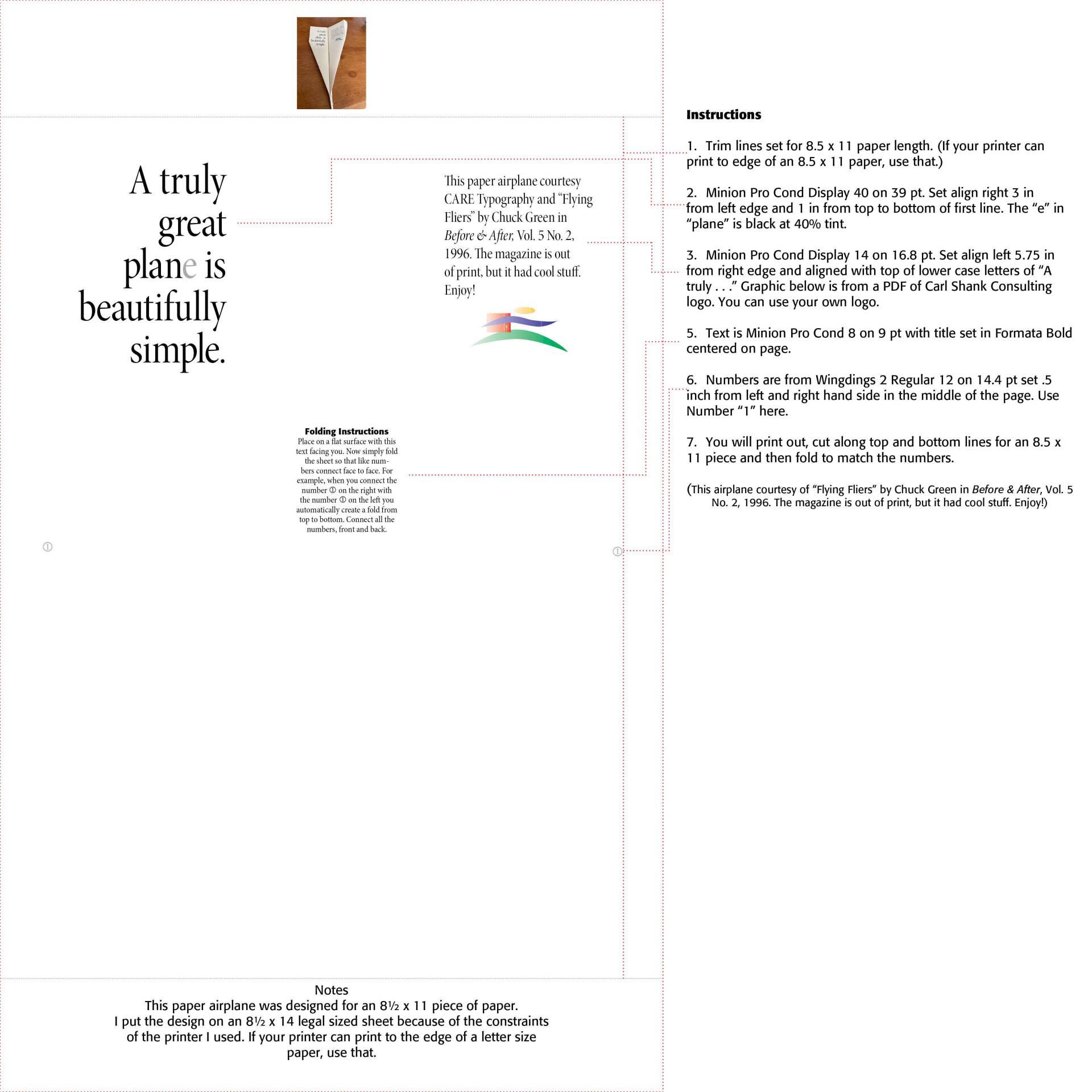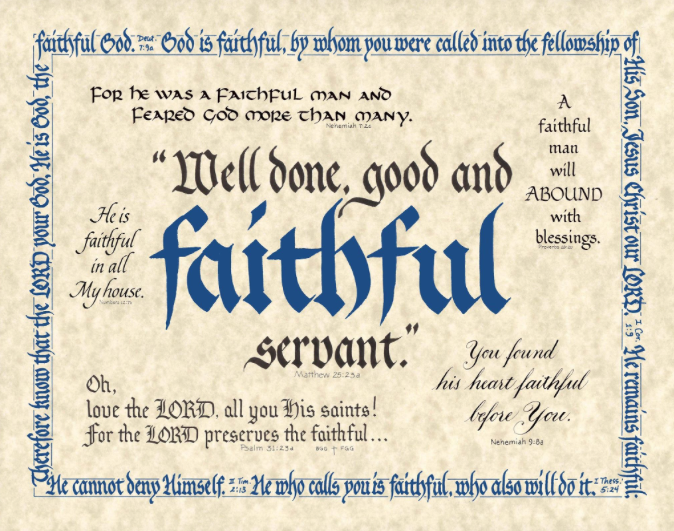By Carl Shank
•
September 29, 2025
Calligraphy & Typography. Calligraphy, the art of beautiful handwriting, has a long and rich history that spans cultures, religions, and centuries. It developed not only as a means of communication but also as a form of artistic expression, religious devotion, and cultural preservation. While typography is not calligraphy, with much of type carefully structured, straight-backed and neatly drawn and focused on lettering for printing readability, both art forms involve visual expression of language. Both focus on the shape, proportion and beauty of letters. Both reflect religious, historical and cultural influences on writing styles. Both are used for artistic and decorative purposes in design, and much of type has been greatly influenced by calligraphic styles. Yet, they differ significantly in their methods, purposes and tools. Calligraphy is the art of hand drawn, beautiful writing, while typography focuses on the design and arrangement of type letters for print or digital use. Calligraphy is created manually with pens, brushes, or quills, while type is created digitally or mechanically using typefaces. Traditional tools used in calligraphy include dip pens, brushes and ink, while type is formed with digital or physical lettering. Calligraphy is highly expressive and free flowing, while type is usually uniform and consistent across all characters. Calligraphy is usually done for decorative and personal use, while typography is often constructed and used for mass communication in books, websites and signage. Mediums for calligraphy include paper, parchment, walls, while typography focuses on print and digital media. Yet, the roots of much of type comes from the wealth of history and styling offered by calligraphy. CARE Typography has been able with Font Lab's tools like Fontographer, to translate fine calligraphy into usable typefaces, even for the modern market tastes. The fine art of calligraphy is highlighted in the background to this post in the 2018 calligraphic rendering of the Scripture, "Well done, good and faithful servant" (Matthew 25:25a) by Calligraphy for Christ ( https://www.calligraphyforchrist.com/ ). Such beautiful religious typographic pieces actually begin not with the Gutenberg era in 1450 but with the ancient Chinese.






